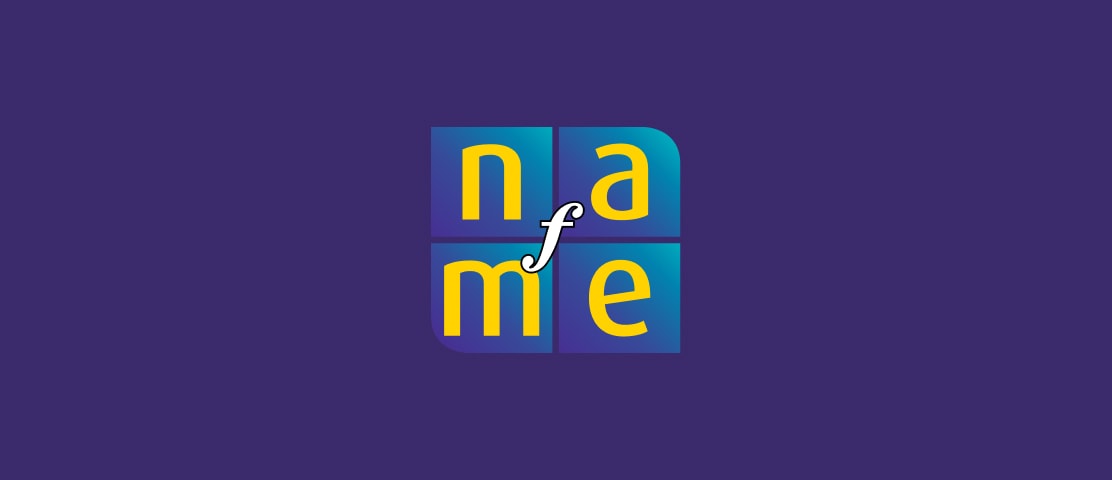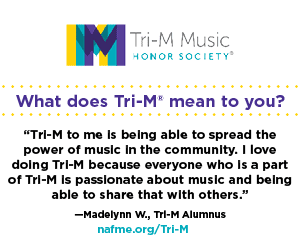RESOURCES
A Resource Guide for Implementing Sheltered Instruction for English Learners in Music

/ Publications & Resources / Resource Library / A Resource Guide for Implementing Sheltered Instruction for English Learners in Music
While music has great potential to form connections among people, its language may not be shared by all. Students come to the music classroom with different linguistic and cultural backgrounds. For those classified as English learners (hereafter referred to as ELs), the ability of music teachers to scaffold instruction in order to make it meaningful and help the students develop English proficiency at the same time is essential. In the United States, according to the federal government, there are currently 5 million EL students (10.1 percent of the total U.S. student population), and this statistic has increased every year with a predicted continued upward trajectory.
This resource provides music teachers with information about sheltered instruction in the context of music education, along with examples of sheltered music lesson plans from across the K–12 continuum. This resource aims to provide teachers with examples of sheltered instruction in a variety of musical settings, with varied objectives and goals. Some lessons are more geared toward notation literacy, while others are more focused on creating and responding.
Category
- Diversity, Equity, Inclusion, and Access (DEIA)
Resource Type
- Publication
Specialties
- General Music
Teaching Level
- PreK-12
Year Added
2022



